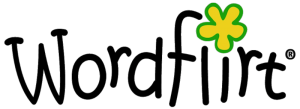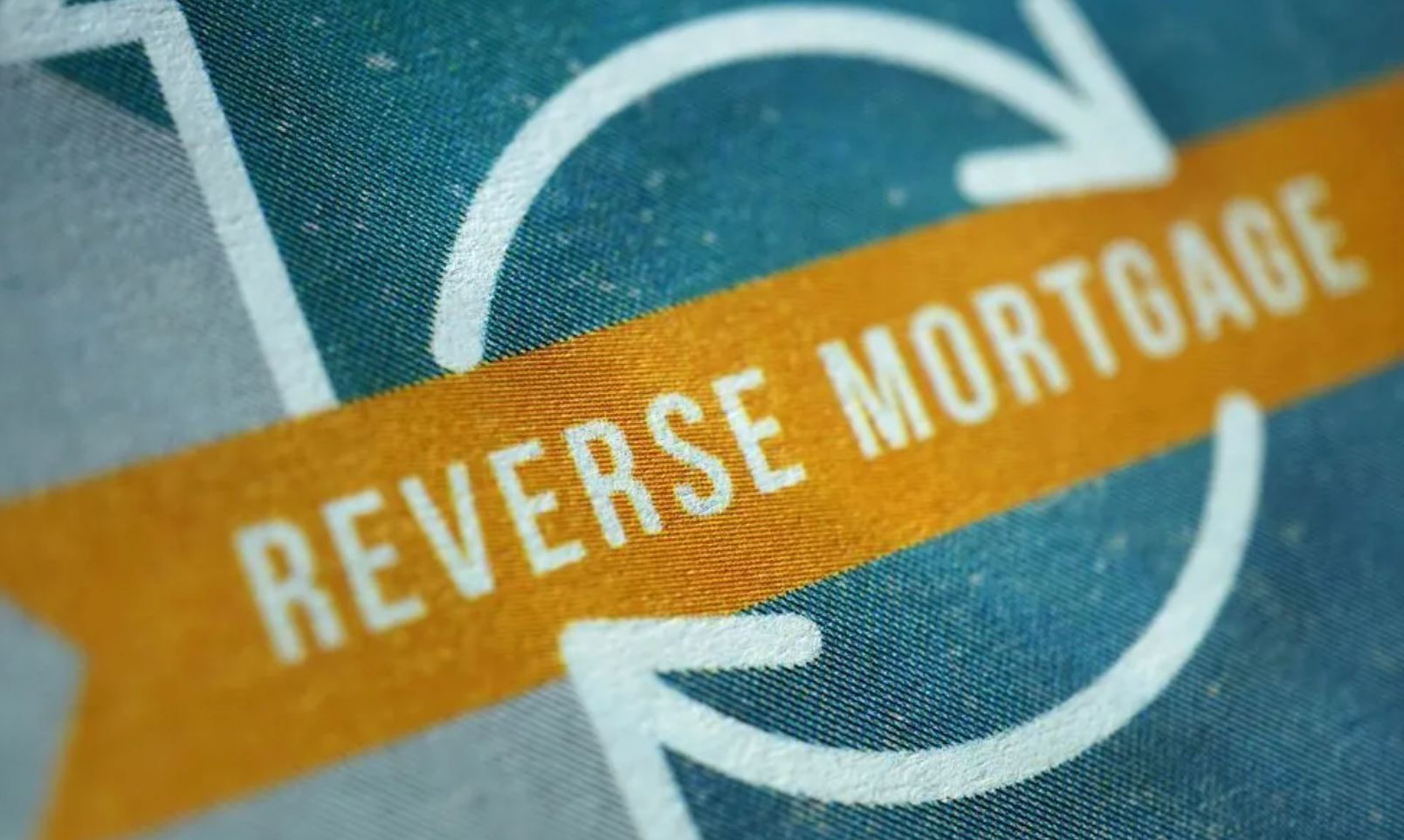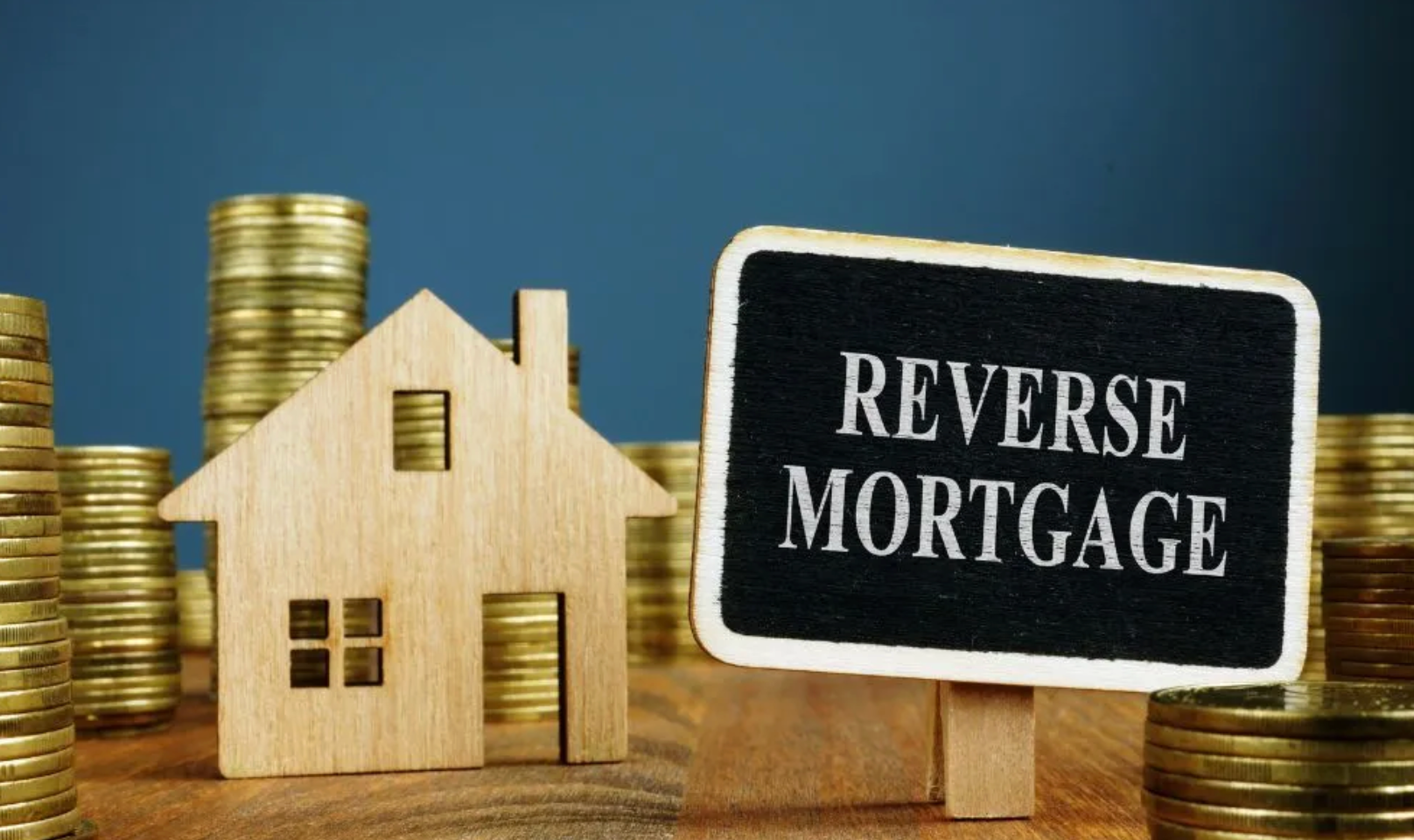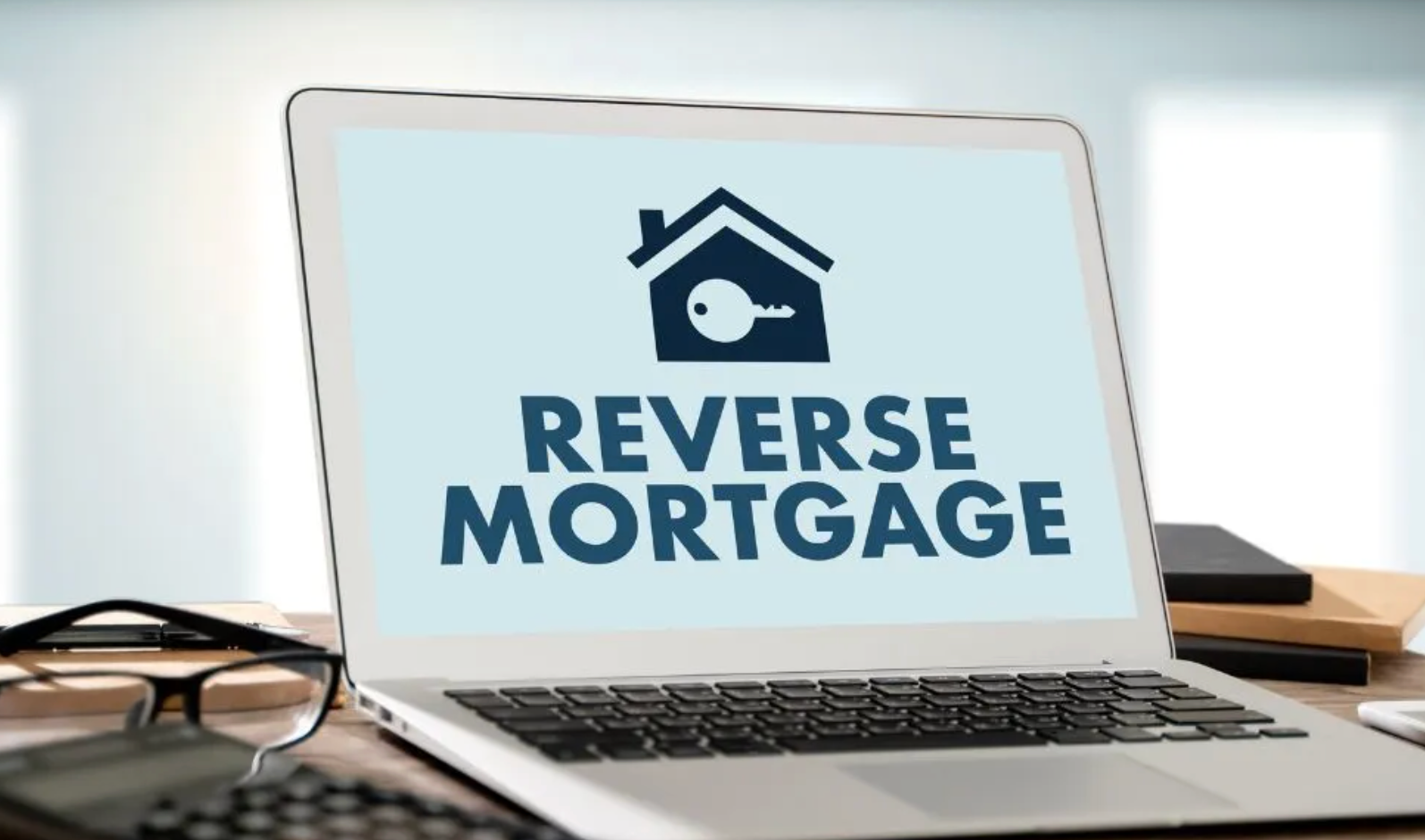Newsletter vs Social Media
What Converts Better?

When it comes to digital marketing for your business, two of the most prominent channels for reaching audiences are newsletters (email marketing) and social media. As a busy entrepreneur you may be limited on time and have to choose between the two. So, which one could actually bring you more customers - a newsletter or social media posting?
We put together a comparison of the data, plus actionable tips for getting started with each, and a strong case for integrating both via an active blog to amplify your results, if you have the resources to do so.
The Data:
Newsletters (Email) vs Social Media
Better conversion and ROI on email
- One study found that average open/view rate for email is about 15-25% compared to 2-4% for organic social posts; click-through rate around 2.9% vs 1.36%; conversion rate around 8% vs 3%. EmailTooltester.com
- Another source states that email marketing is up to 40× more effective than social media in converting prospects to customers. Audience Point - Audience Point+1
- From benchmarking: across industries, average email marketing conversion rate is ~15.22% (though results vary widely by vertical) while social media typical conversion rates tend to be in the 2-5% range. The CMO+2Bloomreach+2
- On ROI: One source says email marketing delivers ~$36 for every $1 spent, whereas social media ROI is much lower and harder to track. Swydo+2Audience Point - Audience Point+2
Why email often wins for conversion
- It’s an opt-in channel — people have explicitly given you permission and expect to hear from you. That means higher receptivity. chimpessentials.com+1
- You own your list/data. Social platforms are rented: algorithms change, reach drops, you don’t fully control what shows up. chimpessentials.com+1
- The targeting and personalization possibilities are stronger with email (segmentation, behavioral triggers, etc.) which drives better conversion. Audience Point - Audience Point+1
But social media still plays a crucial role
- Social media is excellent for discovery, brand awareness, reaching new prospects, and building community. PGM Solutions
- For many businesses the funnel looks like: social = awareness → blog/content → newsletter/signup → conversion.
- Social media reach can be broad, but attribution to actual conversion (e.g., purchase) is often harder to track. Swydo
Summary of “what converts better”
- If your primary goal is direct conversions (sign-ups, purchases, leads) and you already have or can build a list of people who have opted in, then email/newsletter wins.
- If your goal is brand building, reaching new audiences, community engagement, then social media is essential — but by itself it may convert less efficiently.
- Ideally you should use both: social to bring people in, email/newsletter to nurture and convert.
Getting Started:
Newsletter / Email Marketing
If you don’t yet have a newsletter or email marketing strategy, here’s how to begin:
Step 1: Choose a platform
Pick an email marketing tool (e.g., Mailchimp, ActiveCampaign, ConvertKit, etc.). Set up your account, domain verification, and basic template.
Step 2: Build your list
- Add opt-in forms on your website (pop-ups, sidebar forms, in-content offers)
- Offer a lead magnet: a valuable free resource (e-book, checklist, cheat sheet) in exchange for the email address
- Promote the sign-up via social media, website, blog posts
Step 3: Segment & welcome
- Immediately send a welcome email/series thanking the subscriber, giving value, setting expectations
- Segment your list based on interests, behavior (e.g., what lead magnet they opted in for)
Step 4: Provide consistent value
- Don’t just send promotional emails. Include educational, helpful content. Build trust.
- Then include calls to action (CTA) that lead to conversion (signup, purchase, download)
Step 5: Measure and optimise - Track open rates, click-through rates (CTR), conversion rates, unsubscribe rates
- Use A/B testing for subject lines, email copy, design
- Keep your list clean (remove inactive subscribers)
Start small, maybe one newsletter per month or every two weeks. Increase frequency as you see engagement.
Getting Started: Social Media Strategy
If social media is new for you, here's how to get going:
Step 1: Pick one or two platforms
Focus where your audience is (e.g., Instagram for visual, LinkedIn for B2B, Facebook for broad). It’s better to do a couple well than many poorly and too many platforms could lead to overwhelm and what happens when you get overwhelmed? Well, in our experience, most business owners will just not do it.
Step 2: Define your content themes and schedule
Decide what you’ll post (e.g., tips, behind-the-scenes, user testimonials, blog links). Create a content calendar (e.g., 3 posts/week). Use Chat GPT to help you with this! Also, make sure that you are GIVING to your audience. Keep them engaged with content they want - it's not just about you!
Step 3: Grow your following with intent
- Use hashtags for search-ability, engage with your audience - like and comment on their activity and, respond to comments and direct messages
- Share your email/lead magnet sign-up link via social captions or story links
Step 4: Use social to drive traffic and sign-ups
- Don’t treat social posts only for branding—use them to promote your blog content, your newsletter sign-up, your offers
- Use Stories, Live videos, polls to increase engagement
- And remember to pepper in personal posts and content they would like
Step 5: Measure the right metrics
- Track reach, engagement (likes, comments, shares), link clicks, sign-ups from social
- Recognize that social posts may not directly convert as well as email, but they build the top of your funnel
Step 6: Repurpose content
Your newsletter, blog post, or longer content can be repurposed into social posts (quotes, graphics, short videos) to maximize visibility. There are a LOT of AI tools out there to help you do this. Reach out to us if you want a consultation on how to do this.
The Role of an Active Blog on
Your Website
We think every business should have a blog (read here for why this is). Having an active blog on your website is a strategic asset that ties your newsletter and social media together into a cohesive ecosystem. Here’s why:
1. It's a content hub for both channels
Your blog posts become linkable, shareable assets. You publish a blog post, share it on social media to drive traffic, and include it in your newsletter. Each channel amplifies the other.
2. It builds authority and likability
You've likely heard the expression "people do business with people they know, like and trust" and a blog is a great way to build that! When you regularly publish helpful, relevant blog content, you position yourself as an expert in your field. That helps with trust-building, which in turn boosts conversions (especially via email).
3. It helps SEO and organic traffic
Blog posts increase the chance of being found via search engines (Google, Bing). More traffic increases the opportunity to capture email addresses and social followers - and best of all, more clients!
4. Provides material for newsletters and social posts
Rather than scrambling for content, you have blog posts you can summarize into newsletter segments or break into social snippets (quotes, tips, images). This is a great way to supplement your content strategy and repurpose the content as mentioned above.
5. Supports segmentation and lead-magnet offers
You can use blog posts to deliver lead magnets or call-to-action to sign up for your newsletter (e.g., “Download my full checklist” at the end of the post).
6. Improves conversion path
Imagine it this way - visitor lands on blog post → reads valuable content → signs-up for newsletter → receives email nurture → converts. Add social media into the path earlier: social post → blog post → newsletter → conversion.
Key Takeaways and What to Do Next
- Email/newsletters tend to convert better than social media when it comes to direct action (sign-ups, purchases, clicks) because you’re communicating with an opted-in, engaged audience and you own the list.
- Social media is vital for awareness, community, and discovery. It brings new people into your funnel.
- The best strategy is integrated: Use social to attract people, blog to engage and build authority, and newsletter to nurture and convert.
- If you’re just starting, pick one channel first (email or social) based on your audience and goals, then build out the other. But don’t skip the blog—it’s the anchor of your content ecosystem.
- Monitor your metrics (open rates, CTRs, conversion rates, social engagement) to see what’s working and refine.
If you're in the mortgage or reverse mortgage industry, we have everything you need to implement BOTH strategies quickly and easily. Schedule a call with us or visit: https://mortgagemarketingvault.com to learn more.










